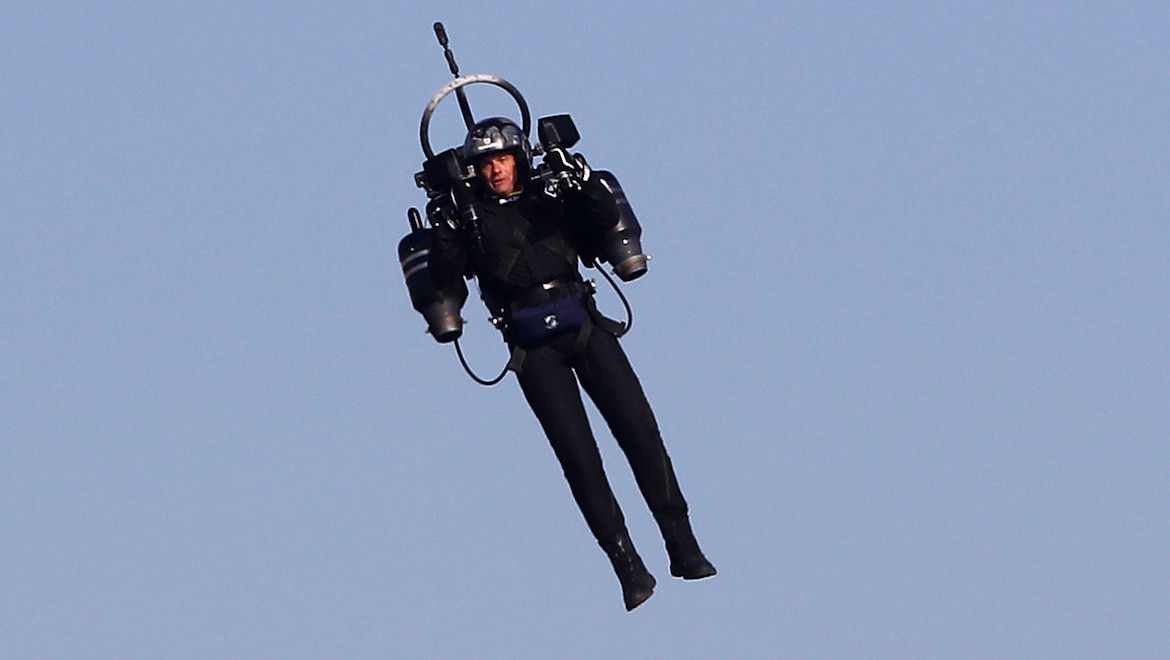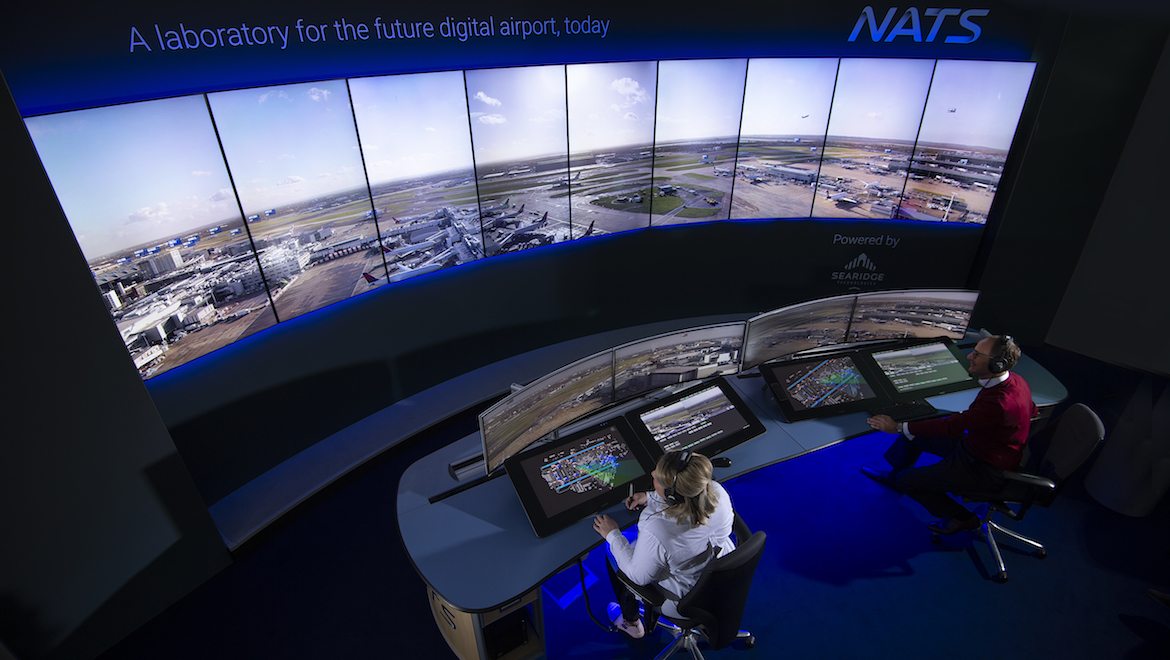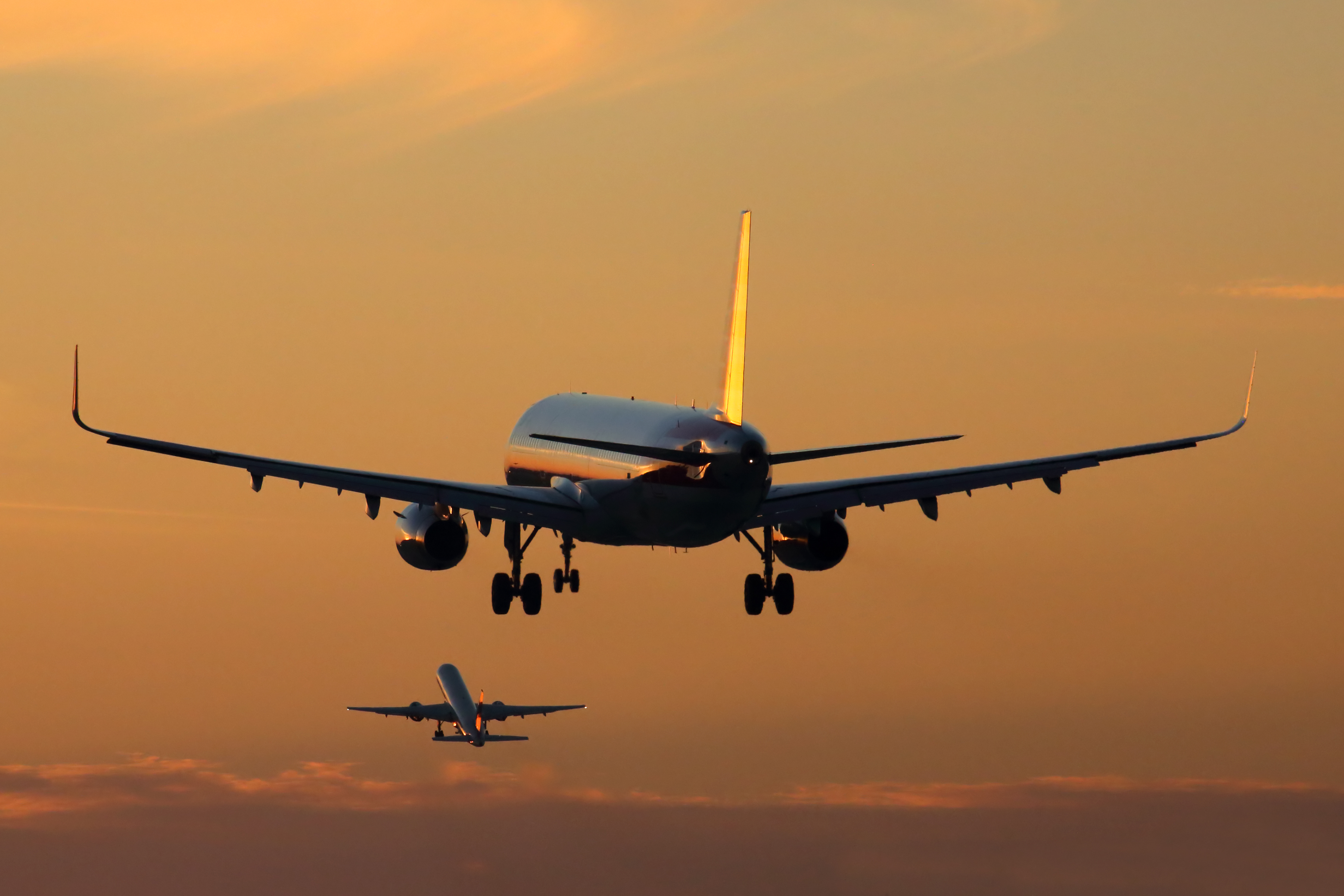
Airservices acting chief executive Jason Harfield says a review of the air traffic management provider’s processes will help put the organisation on the right path to meet the future aviation needs of the country.
Harfield says a “business diagnostic and efficiency review”, which started in mid-November, would “look at everything we do, and how we do it”.
“I see this as the first step on the transformation road so we ensure we’re best placed to meet our future challenges,” Harfield told delegates at Airservices’ annual Waypoint conference in Canberra on Thursday in prepared remarks.
“The outcomes of this review and the forward plans will be put to the Airservices board in the first quarter of the New Year.
“I’m cognisant that for Airservices, and ultimately our industry, to succeed into the future, the constraints of the past cannot become the assumptions of our future.”
The review comes at a time when Airservices’ revenue has come under some pressure from the drop in fly-in/fly-out traffic, leading to some cost cutting and reductions in travel expenses and consultancies.
Airservices 2014/15 annual report showed the government body posted revenue of $1.012 billion in the 12 months to June 30, 2015, a drop of 0.84 per cent compared with the prior year.
Meanwhile, expenses were up 1.25 per cent at $1.006 billion, with the increase kept to a minimum thanks to a combination of recruitment freezes for non-operational staff, cuts in non-essential discretionary costs and paying suppliers less.
Harfield said Airservices needed to become more adaptable, as well as change the way it operated, if it was to continue to safely and efficiently manage the nation’s skies amid the changing environment.
“It’s a misconception that bureaucracies, government agencies, are not the drivers of change – that it’s easy just to do things as they have been done,” Harfield said.
“That’s not my approach, and it’s not the approach of Airservices, the organisation I lead. We are drivers of change, change that will benefit this industry and all the Australians our industry serves, and will continue to serve in the future.”
Airservices is seeking to raise charges for air navigation services by an average of 3.3 per cent a year over the five years from 2016 under its proposed new long term pricing agreement (LTPA), which covers charges for its enroute navigation, terminal navigation and aviation rescue and fire fighting (ARFF) services.
It said in August 2015 the price increase would fund new services, deliver safety and flight efficiency improvements and contribute to the development of the OneSky air traffic management system – which will combine Australia’s civil and military air traffic management systems, which are currently separate, into one program – as part of meeting future aviation growth.
Harfield said feedback on the proposed LTPA, which covers a broad customer base ranging from some of the world’s largest international airlines to general aviation training and everything in between, featured a “broad range of diverse and sometimes conflicting opinions”.
“Our challenge in a price setting context is to meet our service obligations, through a charging arrangement that encourages economically efficient resource decisions while at the same time mitigating against localised economic distortions that may result in prices for particular services or segments of the industry that become unaffordable,” Harfield explained.












